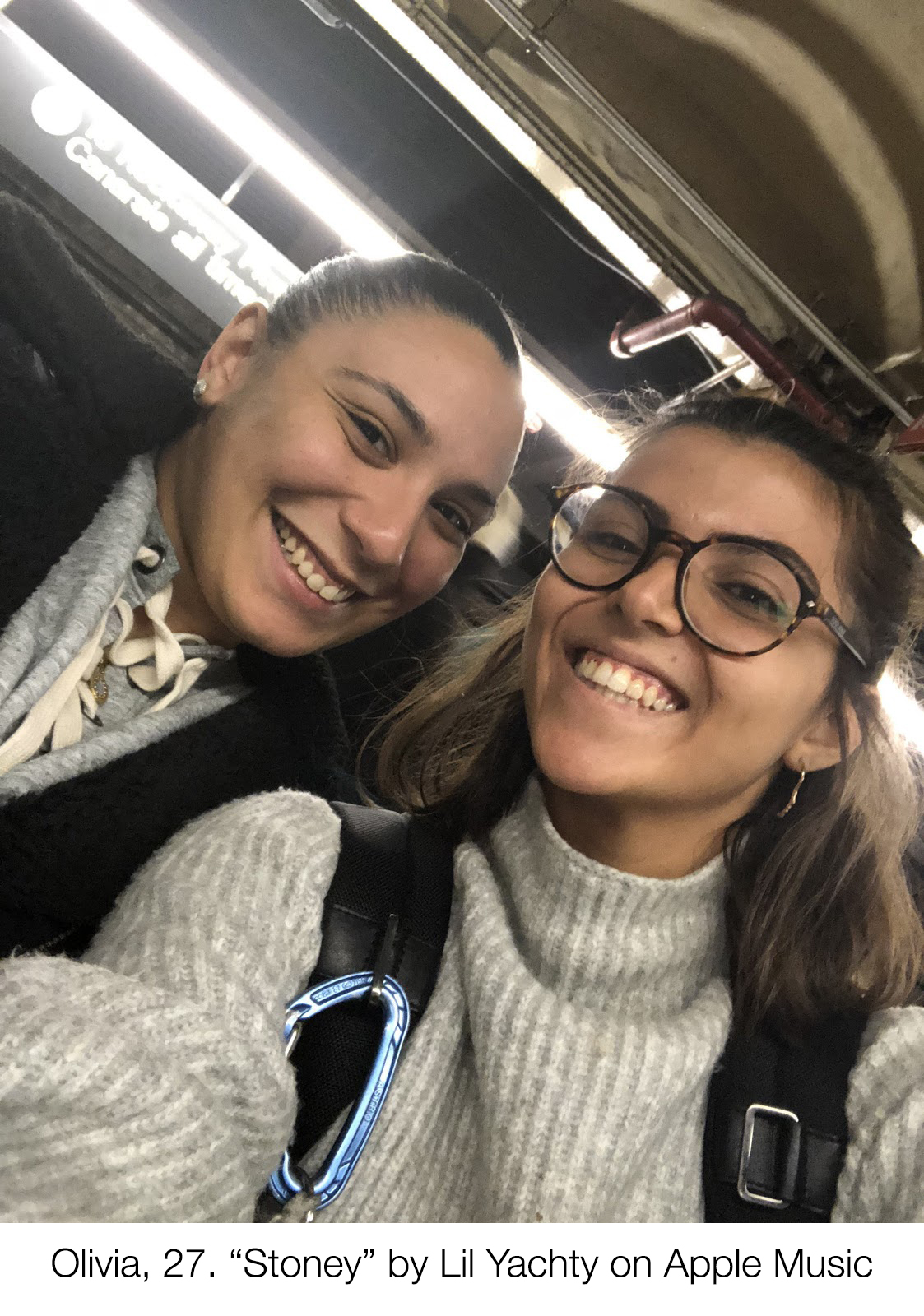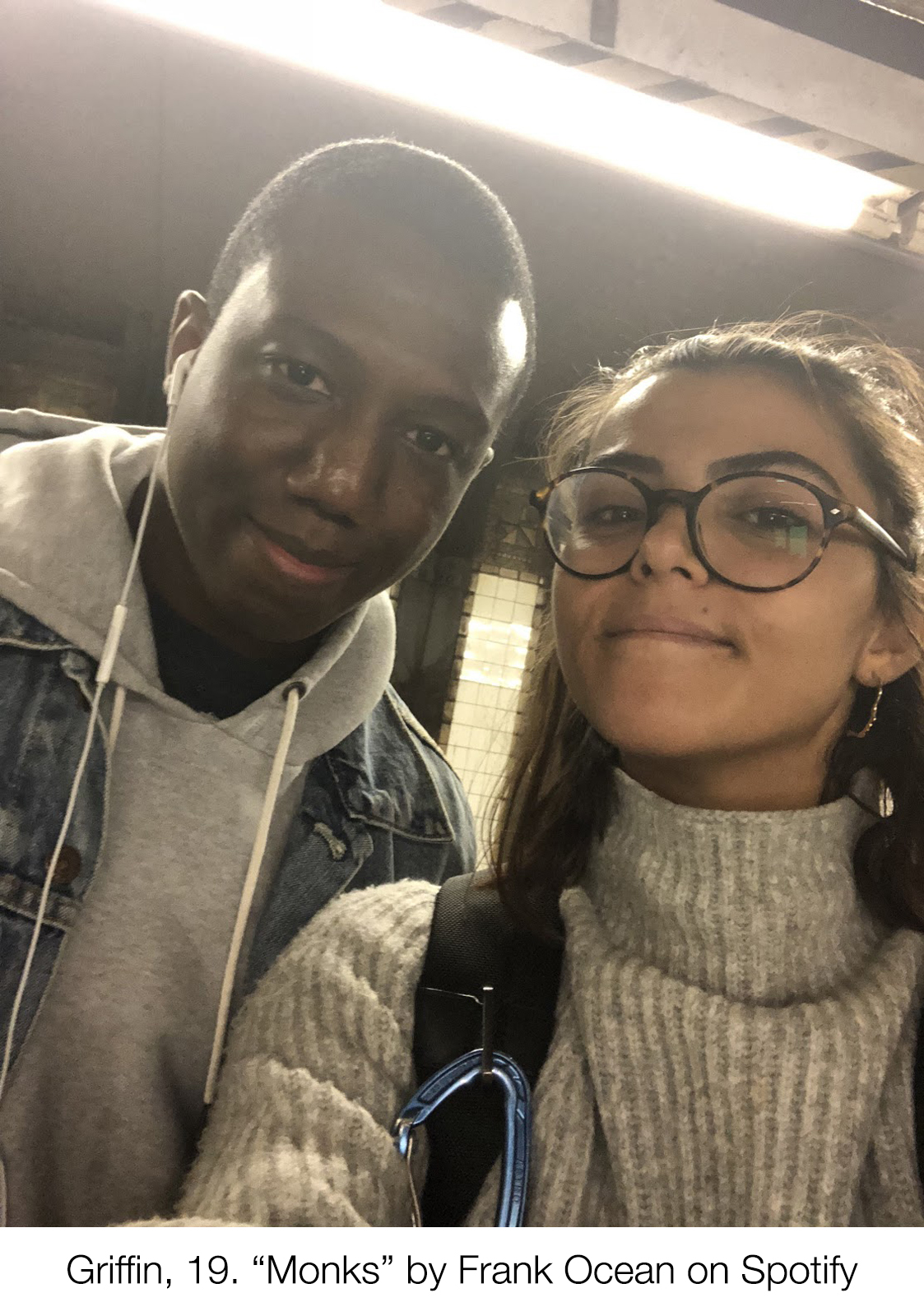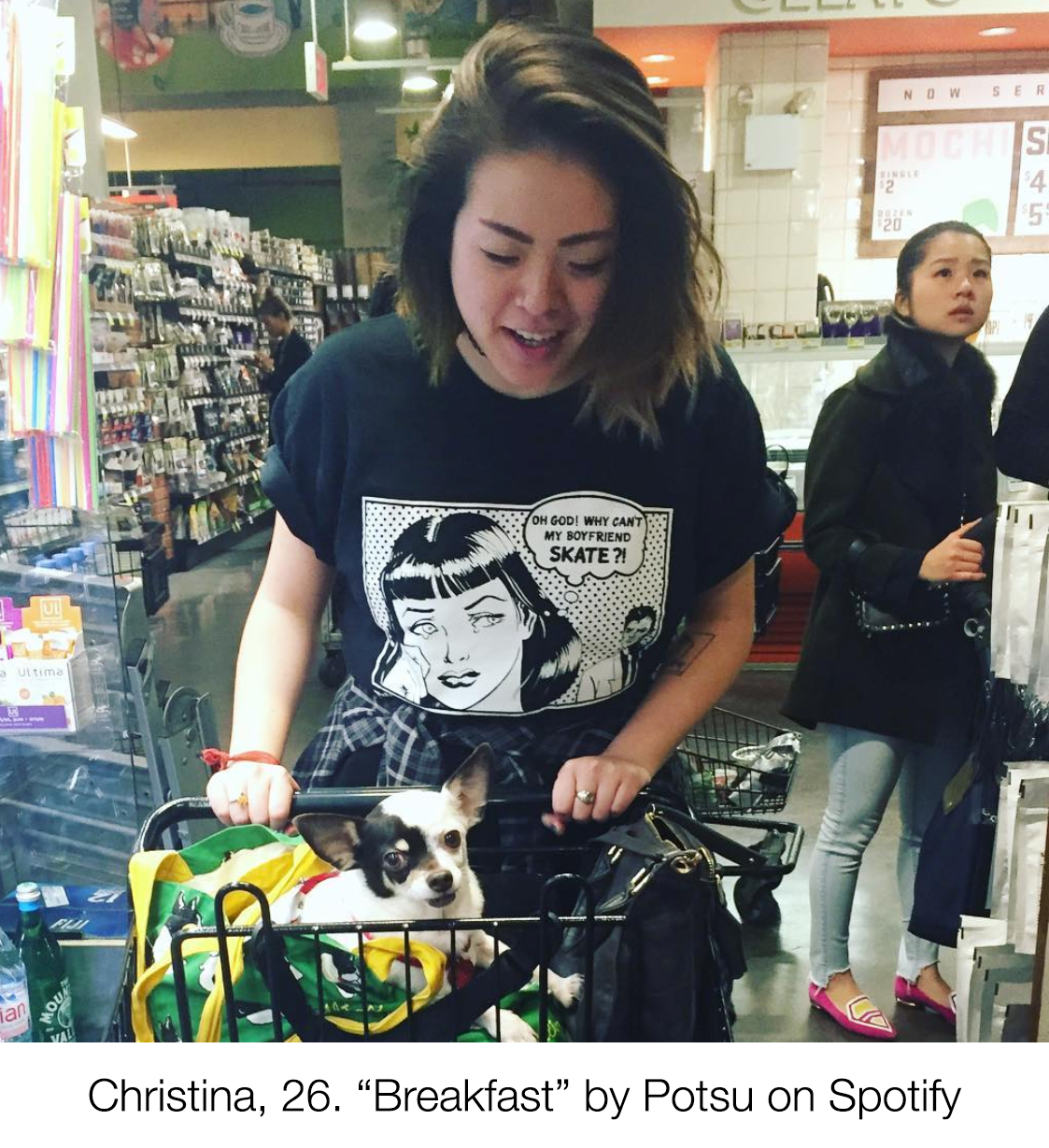In an age where playlist culture reigns supreme in our consumption of music, one curious music blogger from NYC took some time to investigate what today’s music consumers are listening to, on what platform, and most of all how they’re discovering it.
___________________________
Guest post by Noor Kalouti of Soundfly’s Flypaper
Have you ever really considered how you find the music you cherish so deeply?
Music surrounds us wherever we go, throughout our day. But where do we go to find the high-quality songs and artists we’ve never heard of before? For sure, the average listener needs a bit more guidance than those of us actively seeking out new artists, and that’s where playlists come in handy in a big way. Whether they’re algorithmically generated or curated by a human, playlists seem to tick a lot of boxes in today’s listening culture.
I am a music blogger in New York City and I wanted to know whether my home crowd is likely to rely on my curatorial efforts to discover their next favorite artist, or trusted sources beyond my control. So, I hung around Union Square for a day, and asked 25 people these three questions:
- What are you listening to?
- What platform are you using to listen?
- How did you discover it?
I was interested in getting a glimpse into people’s taste, their listening experience, and how likely they are to choose human taste over a set of code. As it turns out, many New Yorkers take charge of their music choices (no surprise there!). That being said, there was still a lot to learn and understand about curation and its role today.
In my admittedly small sample, only 8 people were using either a Spotify or Apple Music playlist in the moment I approached them, but 52% of the listeners said they did rely on this kind of curation service (split: 32% relying on algorithmic curation and 20% on human curation). So, really, the robots are winning.
Playlist culture is affecting artists, labels, and listeners simultaneously — the movement towards experiencing music in this way is massive. The album format itself is already being pulled apart and replaced with evolving playlists, like Drake’s much-vaunted “playlist,” More Life, which was practically an album given a rebrand; and “stream trolling,” which has become a new sort of standard for rap albums, like Migos’ 24-track album Culture II and Chris Brown’s Heartbreak on a Full Moon, a 57-track hot mess.
One of the undeniable benefits of playlist culture, however, is that popular evolving mixtapes like New Music Friday help to introduce new listeners to tons of independent artists they’d never otherwise hear about. So, of course there are pros and cons, but how does the average New Yorker experience the search for music on a personal level? Let’s dig in to the listening habits of a few of the people I met!

Olivia, 27, expressed that she uses “the browse option on Apple Music more than anything else, it’s the easiest way to be up to date with new music.” She was listening to Lil Yachty’s track “Stoney,” which dropped in mid-October.
Alejandro, 28, was listening to Alborosie’s track “Poser” on Google Play. To him, finding music is a simple matter — he said, “why should I pay for a music service, like Spotify, that does what my friends can do?” Alejandro finds his music through word-of-mouth, whereas Olivia, being so up to date, might be the friend that everyone reaches out to for new music recommendations. While Olivia is concerned with the freshness of her musical content, Alejandro is just looking for good music — who better to ask than the friends who share his taste?
Although I tend to side with Alejandro’s way of doing things, I am also a competitive listener like Olivia in that I feel responsible for delivering my blog readers new music they’ll be excited about. At the same time, just because something’s new, doesn’t mean it’s always “good.”

The only person I met listening to a full album was Griffin, 19. When I spotted him, he was listening to Frank Ocean’s album channel ORANGE on Spotify. When I asked him what he was listening to, he named the album before the song — what a refreshing answer. Griffin discovers his music “through following (his) favorite artists’ playlists on Spotify” like Blonded, which is curated by Frank Ocean.

I met Christina when we were waiting in line at the Whole Foods in Union Square. This 26-year-old listener uses blogs, amongst other things, to discover new music. “I use The Wire and Music Monday on Urban Outfitters’ blog,” she says. She also uses Youtube Live and Instagram, where she “follows people who are part of the lo-fi hip-hop culture and aesthetic, and Instagram for anime culture.” Adding songs to her Spotify is the last step. Unlike Olivia or Griffin, Christina is unique because she strives to be well-informed on genres, sub-genres, and sub-cultures around music alike.

The most peculiar listener on my adventure was Felicia, a 29-year-old shaman-to-be and astrologer. First, she guessed my zodiac sign within minutes of our conversation, which spooked me but piqued my interest. Felicia clarified that her music choices and her practice were inseparable; “SoundCloud and YouTube are the only places where I can find the music that specific. Most songs are crappy quality, but I stopped caring about that.” She was listening to ayahuasca music, as she described it. The song is titled “I See the Sea” by Ana Pomar.
New Yorkers have always and will always do their own thing. I’m not sure if this range of answers reflected the average listener elsewhere, but almost everyone I met in Union Square reminded me why I love writing about music and music culture (Felicia, especially!). Music is such an incredible way to meet people, a common ground that we all share, no matter our preferences. Music made it easy for me to meet new people in the streets, and in doing so, I learned about so much new music in the process!
I’m not knocking algorithmic curation or anything, but to me, it’s so much more enjoyable to find out about new artists from the people who listen to them. I think a secondary point of this experiment was simply to remind people to relish the search for good music — make it an adventure!
Crate-digging — now almost a lost art — required patience, intuition, and a trained eye, and was once one of the sole means for discovering the obscure stuff out there. Now, we can barely sit through an entire album. There is no feeling like finding one great song in an ocean of musical “content,” one that sings solely to you. A thousand people must have passed me as I stood in Union Square Station, and still, I found a shaman (to be). Our musical choices and habits are windows into the particularities of our lives. Do not overlook your role in the preservation of this culture — whatever that may be.
Noor Kalouti is a music blogger, traveler, and culture junkie based out of New York City. She listens to everything from urban jazz to metal-rap, and has a passion for discovering new music and discussing with like-minded listeners! If she’s not at a show, or traveling, or writing for her music blog, she’s practicing Muay Thai and Yoga.